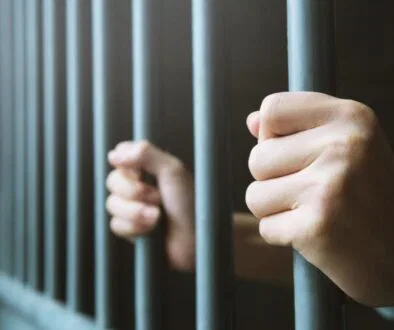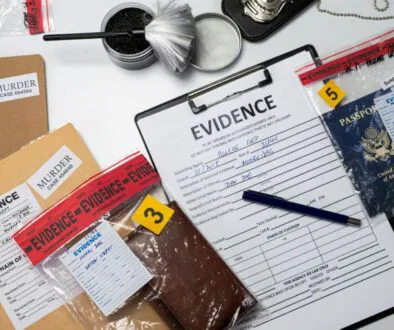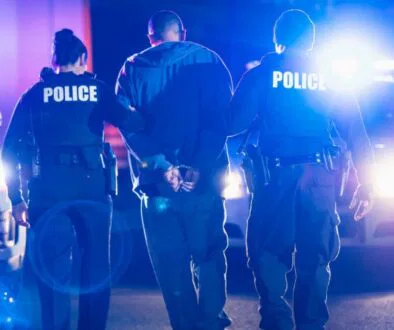Prison Security Levels: Everything You Need To Know
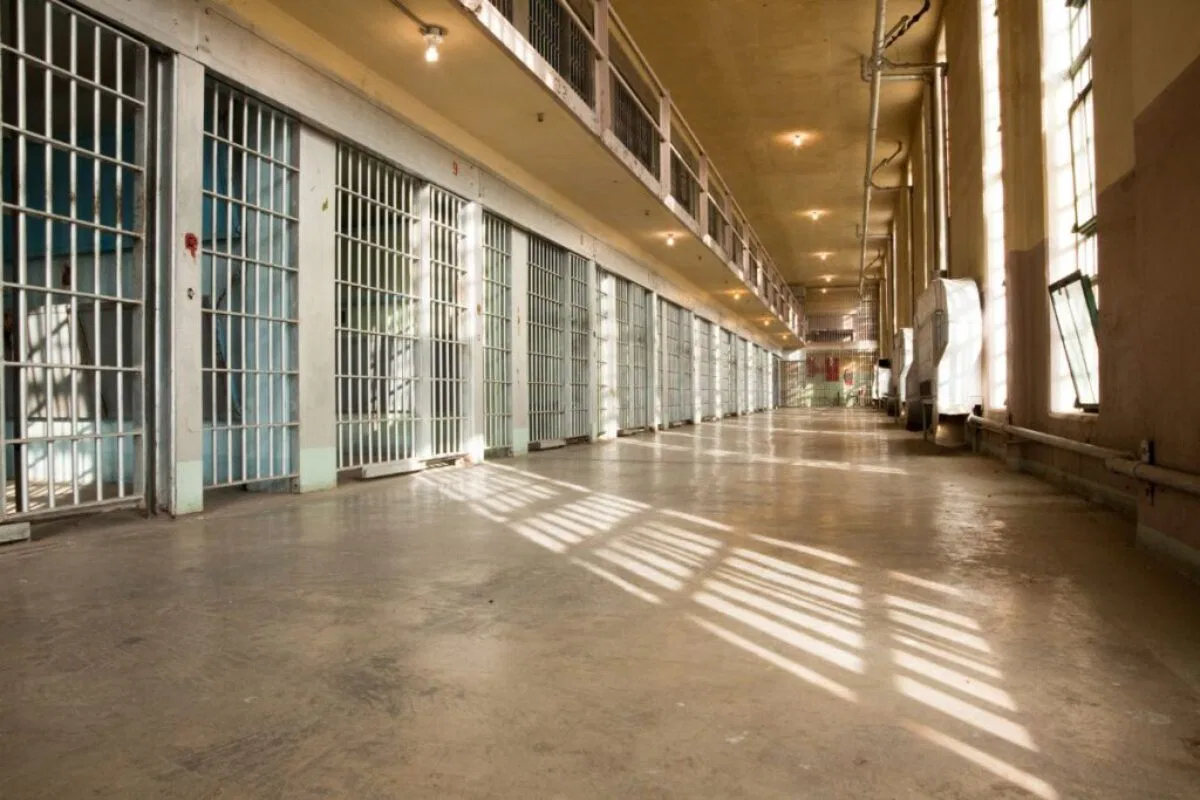
Published May 6, 2024
The prison system is pivotal in upholding public safety by detaining lawbreakers. Understanding the security levels of prisons is vital. They show how the system categorizes and reforms inmates, considering the gravity of their offenses and security risks.
In this article, we’ll closely scrutinize the intricacies of prison security levels. Let’s explore the varying degrees of security measures and the environments within different types of prisons.
Exploring The Different Types Of Prison Security
Prisons have detailed security levels. They categorize inmates and run facilities based on risk and inmates’ needs. The system helps establish suitable security protocols. It also helps with rehabilitation and efficient resource management, enhancing the efficacy and safety of correctional environments.
1. Minimum Security
The Federal Bureau of Prisons classifies its most lenient security level as Federal Prison Camps (FPCs). These establishments, known as Satellite Prison Camps (SPCs), are minimum custody facilities with lax security. Inmates have enhanced freedom of movement, and they’re considered low-risk.
Inmates in these facilities are usually convicted of nonviolent crimes and serve short sentences. The facilities are designed for rehabilitation and offer work release and community restitution programs.
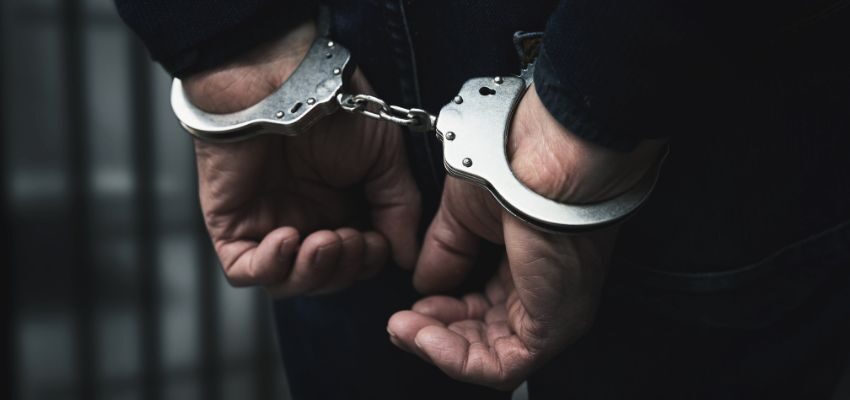
2. Low Security
Low-security prisons, or federal correctional institutions (FCIs), have double-fenced perimeters. They have dormitory or cubicle housing with more staff per inmate than minimum-security facilities. Programs and jobs are available to improve inmate skills and help them rejoin society.
Inmates in these institutions serve longer sentences than those in minimum security. They have deemed them to pose a lower risk of escape.
3. Medium Security
Medium security prisons are also called federal correctional institutions (FCIs). They have extra security and restrict inmate mobility. These facilities have reinforced perimeters with electronic detection systems and cell-based housing. They also offer diverse work and treatment programs, supported by a higher staff-to-inmate ratio. Doing so ensures superior internal control.
The institutions house inmates who have committed more severe crimes and are, therefore, at a higher risk of violence or escape compared to those in low-security facilities.
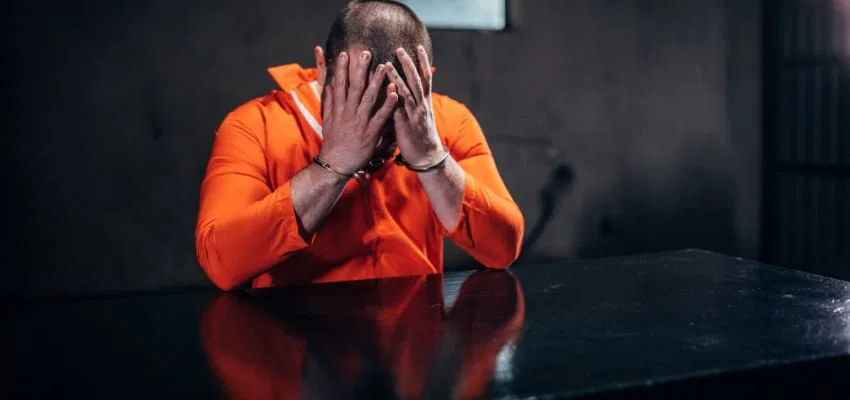
4. High Security
They have rigorous perimeter barriers and tightly regulate inmate movements. Prisons hold people convicted of severe crimes or considered high escape risks. These facilities focus on security and order above all. They provide containment for the most dangerous inmates, who most often serve lengthy sentences for violent offenses or are considered high escape risks.
5. Administrative Security
The facilities are designed for specialized missions and meet various needs. These include detaining pre-trial inmates, caring for those with severe or chronic health conditions, and holding individuals who pose a high risk of escape. Security levels in these facilities vary to meet specific requirements, ensuring they can manage inmates from minimum to high security.
These institutions demonstrate dedication by providing specialized care, including mental health services, and addressing the unique needs of their diverse inmates.
6. Supermax Security
The administrative maximum facility is often called a supermax prison. It has the highest security protocols. The government meticulously crafted it to detain the nation’s most dangerous criminals. This facility is under constant surveillance. It enforces solitary confinement and strict conditions to ensure containment.
The inmates include people convicted of serious crimes. They’re a significant threat to public safety. They’re likely to escape and endanger national security.
Rehabilitation And Reentry Programs
Rehabilitation initiatives span different security levels. They focus on cutting recidivism rates by offering education, job training, and therapy. The goal is to help inmates rejoin society through programs that give them the skills they need for life after prison.

Technological Advancements In Corrections
Technology is becoming indispensable in corrections management. Advanced surveillance systems improve security, and sophisticated educational software supports remote learning, making an immense impact.
These technological advancements strengthen security measures and enhance facility management efficiency. Additionally, by optimizing these processes, technology can revolutionize corrections management.
Legal And Ethical Considerations
Upholding the rights of all inmates without any exceptions is of the utmost importance. These rights include access to healthcare, fair treatment, and legal representation. It’s vital to ensure that inmates receive proper medical attention, are treated fairly and respectfully by prison staff and other inmates, and have access to legal aid and jail calling services when needed.
Ethical considerations should guide the implementation of humane and rehabilitative confinement conditions. Discipline actions should be fair and proportionate to maintain order and support correction and rehabilitation goals.
Challenges Faced By Correctional Facilities
Overcrowding in prisons, alongside critical staff shortages, poses significant operational challenges. It affects both security protocols and the success of rehabilitation initiatives. Inmates have complex mental health needs. Addressing them adds pressure to resources and hinders their reintegration into society. These challenges collectively disrupt the objectives of correctional institutions.
The Impact Of Security Levels On Society
Prison security levels are essential to public safety, community relations, and economic impact. The debate prioritizes high-security confinement and its strict monitoring. The other side favors rehabilitation that reintegrates inmates through education and vocational programs. This debate shows the different philosophies in corrections and the need for balance. This balance between public safety and inmate rehab reflects society’s values and goals in criminal justice.
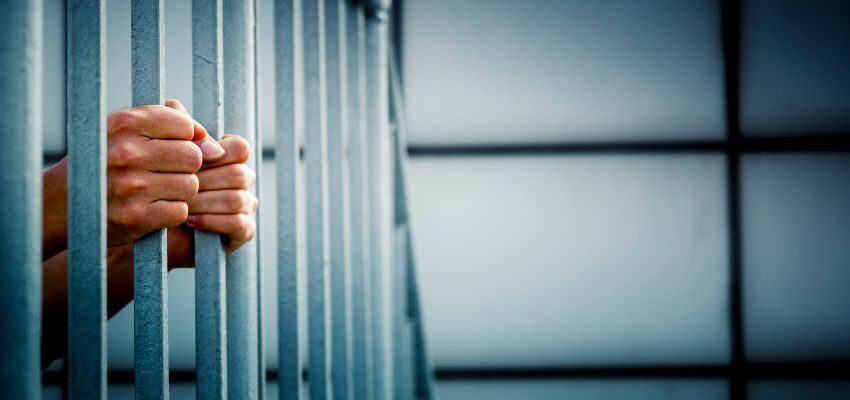
Navigating The Security Levels Of Prisons For A Balanced Justice System
Prison security levels are crucial to the justice system. They guide how inmates are classified, managed, and rehabilitated based on their crimes and risk levels. Balancing tight security with rehab opportunities is critical. It boosts public safety and maintains societal values. A holistic approach to corrections will help community relations and make the world safer and fairer.
Advertisement
Save 90% Per Minute On Jail Calls With Us
US prisons charge lots of money per minute for long distance inmate calls. The loved ones of inmates are left to pay this bill. For a ten minute phone call you may find yourself paying over one hundred dollars. With SecurTel, you can reduce this charge to a fraction of the cost and only pay the local calling rate. Make calls from across the US or internationally for the local rate and help your family stay connected during a difficult time. Learn more about how to sign up for inmate calls here.

This Content Is Fact Checked
We have conducted thorough fact-checking on this content in-house. Get detailed insights into our website’s editorial standards by clicking here.

About The Author
Hello! I’m Corinne, a nursing graduate from Riverside College with a flair for writing. Thanks to the thorough research into each piece, my work stands out for its quality and accuracy. I believe in the power of storytelling to connect with people from all walks of life.

